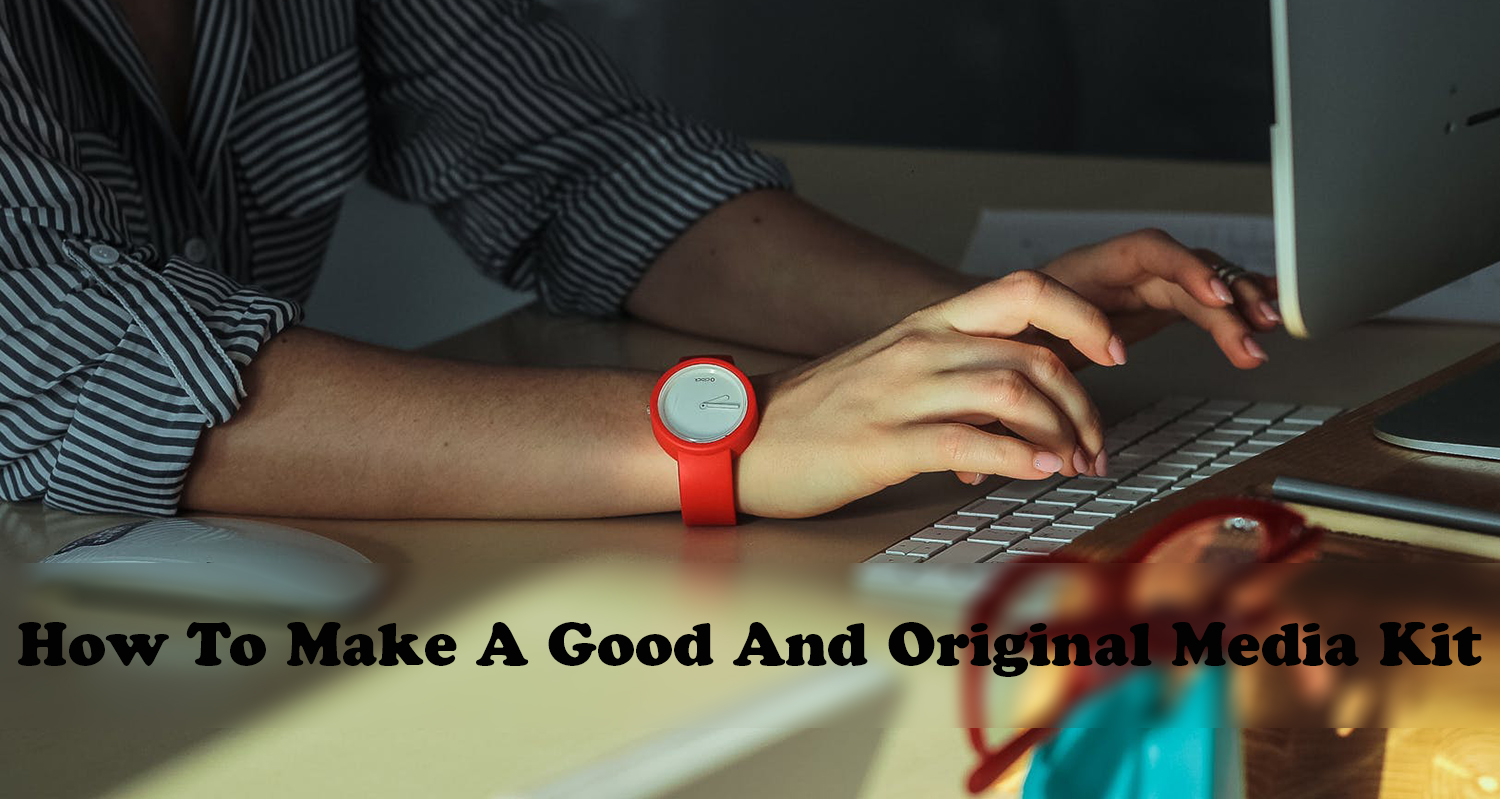Like Bonnie and Clyde, Tintin and Snowy or Espinete and Don Pimpón -wink for those of my generation- there is no blogger, YouTuber or Instagrammer without a good media kit. Influencer Tips: How To Make A Good And Original Media Kit (And Not Die Trying) (Part I)
Surely many of you not only know what it is but you have spent time and resources in making one, but for those of you who have not yet taken that step or have not needed this post … is going to come great! Yeahhhh ?

- What a media kit is?
- What are they going to ask me and what can I avoid?
- Data that should not miss
- Blog metrics
- Social network metrics
- Bio
- Contact
- Services
- Optional Data
- Rates
- Extra information about you and/or your family.
- Demographic data about your audience
- Brands with which you have collaborated
- The press says about me…
- Success stories
- A picture is worth a thousand words.
1. What a media kit is?
And since it’s usually best to start at the beginning, i will start by defining what a media kit is.
This is an Anglo-Saxon term that refers to the document that these influencers, their agencies or agents prepare in order to make known the main data of their blog or their work in social networks.
It is your showcase, a document that will require you for many commercial proposals, so my advice is to curate a little.
In other words: If another blogger of your same profile does not have a media kit we will position ourselves in front and by providing the data that the client needs, we will prove that we are professionals and we can end up seducing him more easily.
Although many of you already have a tab in which you tell your work and explain who you are -about me- on the other hand also very useful when we make a selection, it is important to keep in mind that in many cases you can ask for a document in which are specified visits to the blog (unique daily users, monthly visits) and even your rates.
But don’t worry! Yes, it is normal that you don’t want to make public this absolutely professional and confidential information, that’s why this document is elaborated to be able to attach to those that need it for some present or future collaboration.
2. What are they going to ask me and what can I avoid?

But what data do I have to provide? Which are more important and which can I ‘skip? Do I always have to put the prices?
These are some of the most frequently asked questions you face when preparing your Media Kit.
Although requests will vary, what you do need to know is that whoever asks you needs to have a quick and clear idea of who your audience is and also your sphere of influence.
For that reason, and even if it is a little violent, apart from the followers in social networks, something that is public, on the other hand, they are going to ask you (for sure) about the visits to your blog.
Yes, we also know that you and your work are much more than just a few numbers and that size does not matter when we talk about engagement but somewhere you have to start and that is a fact that should certainly not be missing in your documentation.
Bearing in mind that you’re going to have to start looking for this data, I will leave you with the 10 things you should not miss in your media kit.
To put it pretty already depends on you but the more special it is you know that the recipient will receive it with much more ‘love’.
3. Data that should not miss
Blog metrics

Statistics of visits of the current year. Sessions, unique users, average duration of the session or the number of pages viewed as well as the percentage of new visits are data that you can get, as you know, from Google Analytics.
For example, if you have registered a significant increase in the number of visits, don’t forget to comment it and underline it in the document.
As the data provided by Analytics are very varied, you also don’t have enough of the list of countries that generate the most visits, something that can help you if you are offered an international campaign.
To fit it in the Media Kit, you can insert it as it is or put it in the format with which you are going to design the whole document.
If you have popular posts, it’s also good to include them.
Social network metrics

Although it is data that the person requesting it can publicly access, if you add it to the document you will save work and time, something that probably appreciates and helps to give, in addition, a more professional and careful image.
If you’re not usually on Twitter, for example, don’t include those metrics. Focus on the ones with the best numbers.
It is also not superfluous to include the number of subscribers to your newsletter and if you have engagement data, they will also add a lot of value to the document.
Continue reading at: Influencer Tips: How To Make A Good And Original Media Kit (And Not Die Trying) (Part II)

